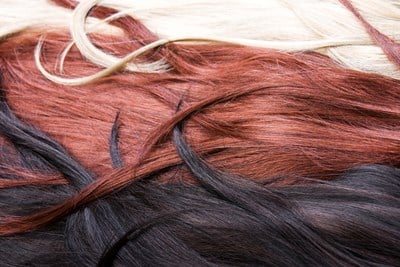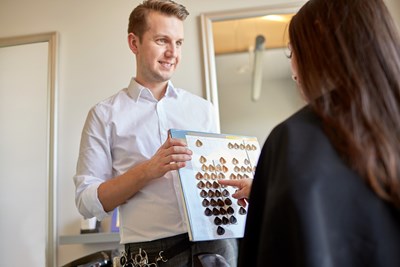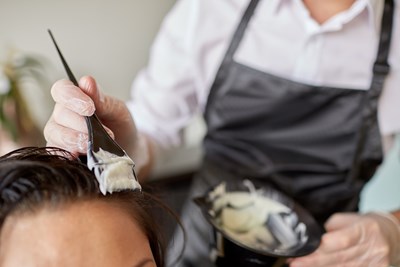If you’ve never dyed your hair before, the entire process can initially seem overwhelming. What are the different dye options? How much maintenance will you have to do? How will the dye affect your hair? How can you protect your hair from drying out as a result of the dye? These are all things you need to know before booking your appointment at the salon because you want your hair to look gorgeous and remain as healthy as possible throughout your entire hair coloring experience.
Different Dyes
When it comes to dye options, you have three: permanent hair color, semi permanent hair color, and temporary hair color. The first two are the dye options that you would receive at the salon, while temporary hair color is more along the lines of DIY hair chalk or Kool-Aid dye. If you are nervous about dying your hair, it may be a good idea to do a trial run and dye your hair with temporary color to see if you like the way it looks. Then, once you decide that you like it, you can move on to semi permanent or permanent hair color.
Dye Effects
You may be wondering what kind of effect dye has on your hair, and whether or not your hair will become damaged and dry because of the hair color. If you have darker hair and want to dye your hair a lighter color, the hairdresser will have to bleach your hair first, which is what causes most of the dryness in your hair. If you have lighter hair that does not need to be bleached before dyeing, your chances of experiencing dryness decrease significantly. Hair dyes are regarded as generally safe for moderate use, so unless you are dying your hair a different color every week, you shouldn’t worry about negative health effects.
Weekly/Monthly Maintenance
One of the most time-consuming aspects of dying your hair (besides the initial dye itself) is maintenance. If you dye your entire head, you will need to either return to the salon or re-dye your roots yourself every 4-6 weeks as they grow out. Though, if you choose ombre hair, lowlights, or highlights, there’s little to no maintenance. If you choose to go a more wild route and try out pastel hair or rainbow hair, you will have to dye your hair much more frequently to keep up the look (about every 2 weeks).
Daily Maintenance
Another aspect of maintenance that you need to take into account is your shampoo and conditioner. A lot of regular shampoos and conditioners can dull, fade, or dry out color-treated hair, so you will want to purchase hair products that are specifically made to protect and moisturize your dyed locks. Keeping your hair moisturized is the key to preventing dryness and fading, so look for hair products that are sulfate-free, and your hair should remain shiny and healthy for years to come.




